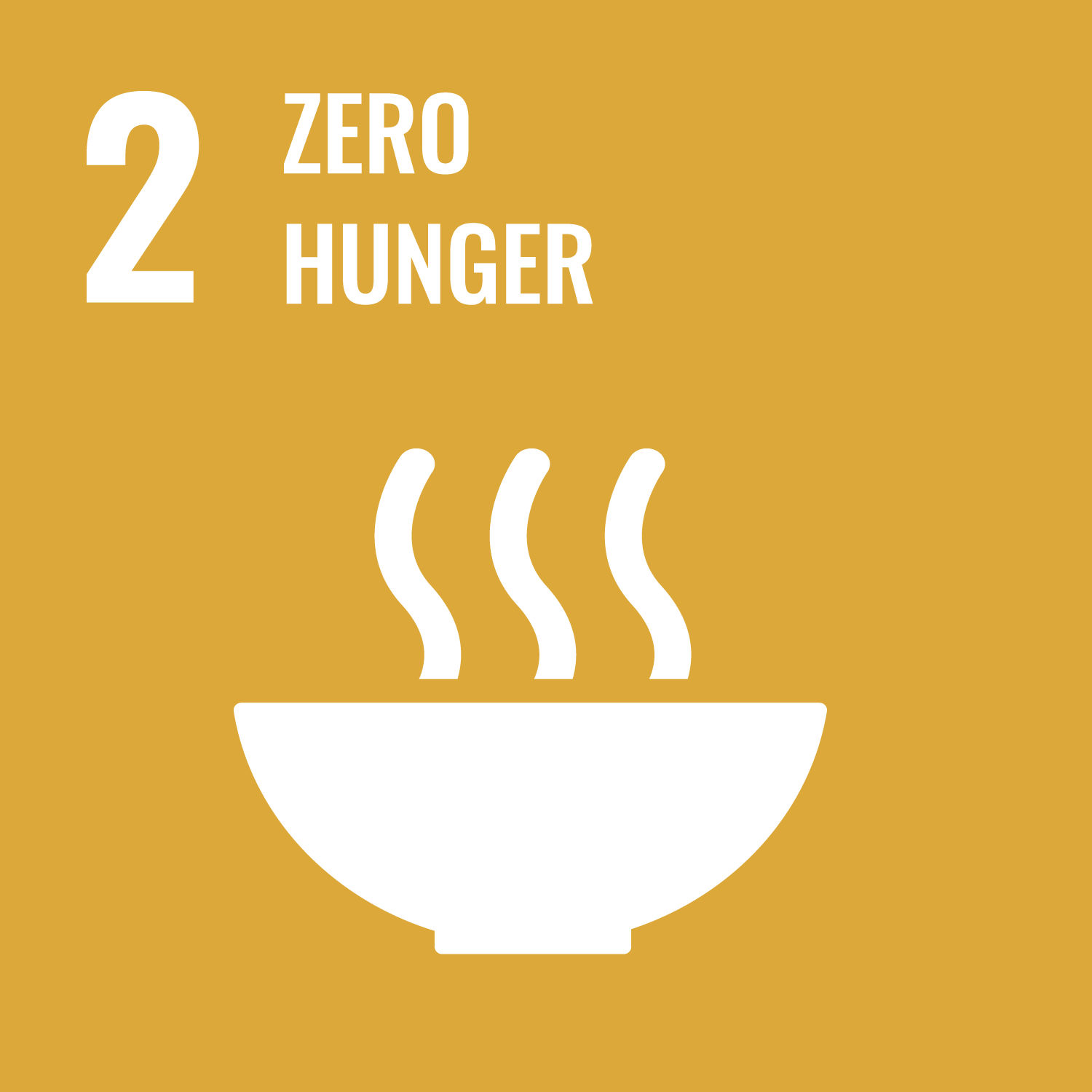Ughamba, K.T. orcid.org/0000-0002-3082-1403, Ndukwe, J.K., Lidbury, I.D.E.A. orcid.org/0000-0001-7190-315X et al. (8 more authors) (2025) Trends in the application of phosphate-solubilizing microbes as biofertilizers: implications for soil improvement. Soil Systems, 9 (1). 6. ISSN 2571-8789
Abstract
The application of phosphate-solubilizing microbes (PSMs) as biofertilizers in agricultural systems has not satisfactorily solved the problem of reducing our reliance on chemical phosphorus (P) fertilizers. Ongoing efforts are continually trying to translate promising laboratory results to successful deployment under field conditions, which are typically met with failure. In this review, we summarize the state-of-the-art research on PSMs and their role in the terrestrial P cycle, including previously overlooked molecular and cellular mechanisms underpinning phosphate solubilization. PSMs capable of transforming either organic or complexed inorganic P compounds are discussed. By providing environmentally secure and environmentally friendly ways to increase the accessibility of phosphate, these bacteria effectively transform insoluble phosphate molecules into forms that plants can utilize, encouraging crop growth and increasing nutrient usage effectiveness. The use of PSMs in agriculture sustainably improves crop productivity and has enormous potential for tackling issues with global food security, reducing environmental damage, and promoting sustainable and resilient agricultural systems. Furthermore, due to resource shortages, the changing global climate and need to reduce environmental risks associated with the overuse of chemical phosphate fertilizer, PSMs have the potential to be sustainable biofertilizer alternatives in the agricultural sector. Phosphate-solubilizing microorganisms constitute a cutting-edge field in agriculture and environmental science. In addition, this paper elaborates on the groups and diversity of microbes hitherto identified in phosphate solubilization. Also, factors that had hitherto hindered the reproducibility of lab results in field settings are succinctly highlighted. Furthermore, this paper outlines some biofertilizer formulations and current techniques of inoculation according to the test crop/strain. Finally, laboratory, greenhouse, and field results are presented to acquaint us with the current status of the use of PSM-based biofertilizers.
Metadata
| Item Type: | Article |
|---|---|
| Authors/Creators: |
|
| Copyright, Publisher and Additional Information: | © 2025 The Authors. This is an Open Access article distributed under the terms of the Creative Commons Attribution Licence (https://creativecommons.org/licenses/by/4.0/), which permits unrestricted use, distribution, and reproduction in any medium, provided the original work is properly cited. |
| Keywords: | sustainable agriculture; soil improvement; biogeochemical circle; field solubilization; biofertilizer formulation; bioinoculants |
| Dates: |
|
| Institution: | The University of Sheffield |
| Academic Units: | The University of Sheffield > Faculty of Science (Sheffield) > School of Biosciences (Sheffield) The University of Sheffield > Faculty of Science (Sheffield) > School of Biosciences (Sheffield) > Department of Molecular Biology and Biotechnology (Sheffield) |
| Depositing User: | Symplectic Sheffield |
| Date Deposited: | 11 Feb 2025 15:36 |
| Last Modified: | 11 Feb 2025 15:36 |
| Published Version: | https://doi.org/10.3390/soilsystems9010006 |
| Status: | Published |
| Publisher: | MDPI AG |
| Refereed: | Yes |
| Identification Number: | 10.3390/soilsystems9010006 |
| Sustainable Development Goals: | |
| Open Archives Initiative ID (OAI ID): | oai:eprints.whiterose.ac.uk:223140 |


 CORE (COnnecting REpositories)
CORE (COnnecting REpositories) CORE (COnnecting REpositories)
CORE (COnnecting REpositories)